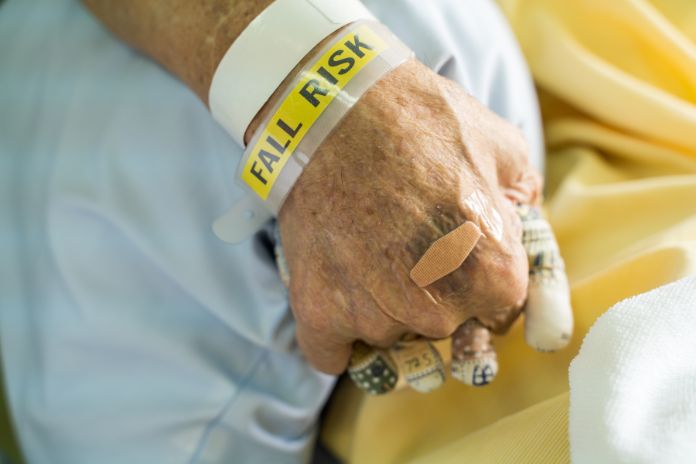
Patient falls are dangerous because they can lead to severe injuries, such as fractures and head traumas, that significantly affect a patient’s recovery and overall health. Moreover, falls can instill a fear of falling in patients, which may deter them from engaging in physical activities and lead to decreased mobility and independence. Healthcare teams can use the following easy strategies for reducing the risk of patient falls to promote patient well-being and facilitate smoother recovery.
Conduct Regular Risk Assessments
When healthcare providers identify patients at higher risk of falls, they can implement targeted interventions and personalized care plans that address the patient’s specific risk factors. Upon admission, conduct a detailed risk assessment considering factors such as medication side effects, mobility limitations, and cognitive impairments. The care team should reassess the risks periodically, as the patient’s condition might change. Adapting care plans in response to these assessments ensures that each patient receives individualized and attentive care to enhance their safety.
Use Assistive Devices Appropriately
Assistive devices, including walkers and canes, can improve the lives of patients struggling with balance and mobility. However, their effectiveness hinges on correct usage. Therapists and nurses can train patients on how to use their devices proficiently. Healthcare teams can also make these tools more comfortable and effective by adjusting them according to the patient’s height and physical capabilities.
Ensure Proper Lighting
Keeping the patient room well-lit is a simple, passive strategy for reducing fall risks. Adequate lighting helps patients navigate their surroundings, particularly at night, when the risk of disorientation is higher.
Follow our tips for protective lighting in patient rooms.
- Ensure Even Lighting: Maintain consistent, even lighting throughout the room to eliminate shadows and glare, which can obscure vision and create fall hazards.
- Use Night Lights: Install night lights or motion-activated lights to provide safe navigation for patients if they need to get up during the night, reducing the risk of falls.
- Adjustable Brightness: Incorporate lighting options with adjustable brightness levels to accommodate different times of the day and meet individual patient needs without causing discomfort.
- Strategic Placement: Place lights strategically, especially near the bed, doorway, and bathroom, to facilitate safer movement around the room.
Maintain a Clutter-Free Environment
Lastly, avoiding clutter is one of the key guidelines for patient room interior design. Store the patient’s personal belongings in designated storage areas such as bedside cabinets, closets, and shelves. Keep pathways clear of obstacles such as loose cords or slipper mats. Position frequently used medical equipment in an accessible location for medical teams that doesn’t obstruct the patient’s movement or access within the room.
Conducting regular risk assessments, ensuring patients use assistive devices correctly, providing proper lighting, and maintaining a clutter-free environment leads to better patient outcomes. These steps safeguard patients from potential injuries but also support their confidence and independence during recovery. Improve patient safety and comfort with these essential measures.







